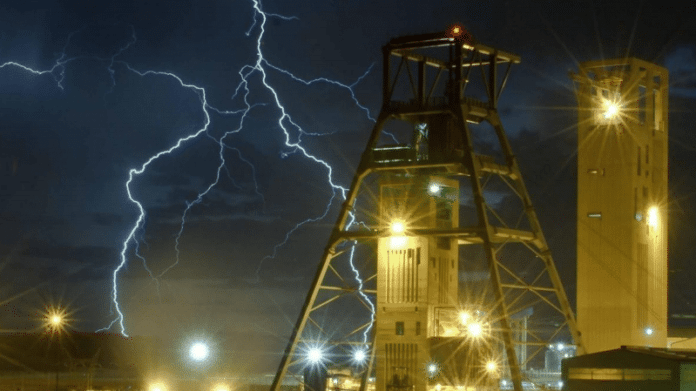
KELVIN Dushnisky, CEO of AngloGold Ashanti, said the company was content to keep production at current levels of about three million ounces a year despite the fact new gold output globally was under threat.
Newly mined gold production did not increase for the first time in ten years in 2019 which has raised concern the world has finally struck ‘peak gold’. Overall supply, however, rose as as scrap found its way back into the market.
Mark Bristow, CEO of Barrick Gold, has said that gold supply will fall 30% in ten years even if new projects are developed.
Despite apparent pressure on supply, Dushnisky said AngloGold was not interested in chasing down new, large projects preferring instead to develop gold organically. “We will regenerate gold reserves but you won’t find us doing $4bn to $5bn projects,” he said.
The market had also stopped rewarding gold firms for reserves, deciding that they shouldn’t be awarded value in their share price for undeveloped gold. “Those days are long gone,” said Nick Holland, CEO of Gold Fields.
His company operates the west Johannesburg South Deep mine which has only fitfully produced cash. However, the mine contains 38 million oz in gold reserves – an enormous amount of gold by any standards.
“Who knows: South Deep could still be an interesting mine for an industry in decline,” he said. “We have a responsibility to the country by making this big reserve viable.”
“But we think our current production of two to 2.5 million oz is an optimal size. We don’t need to be bigger than that and it’s not worth it to rush around fixing far-flung assets,” he said of the group having a more diversified production base.
Gold Fields has decided to develop the $860m, 450,000 oz/year Salares Norte mine in Peru single-handedly after raising $269m in a rights issue earlier this month.
Neal Froneman, CEO of Sibanye-Stillwater said valuing gold reserves was part of the gold industry’s previous problems when the market “lost sight” of value. He argued that investors were motivated by actual cash generation rather than future profits. “I don’t think that will ever come back.
“That was just a bubble and part of the issue when the industry lost sight of value. But now the discipline has returned to the industry,” he said.
Froneman told Bloomberg News earlier this week that his company was studying its next $4bn to $5bn takeover target with an offer coming to light in six to nine months assuming the company’s plans worked out.











